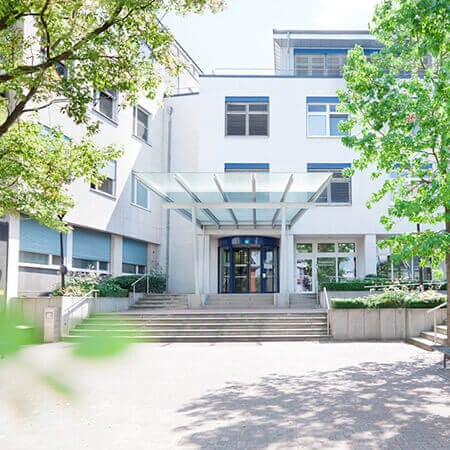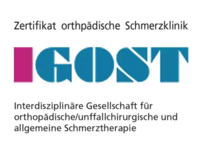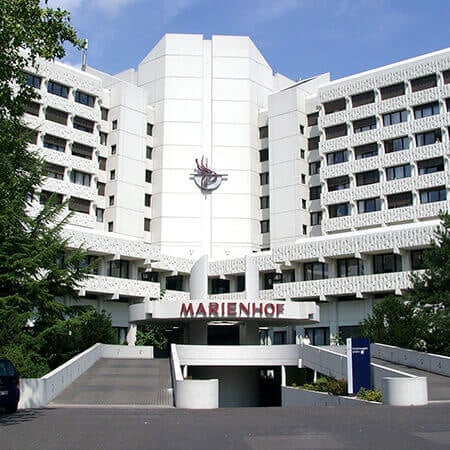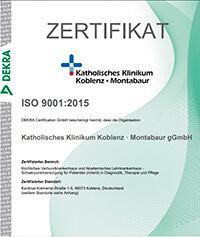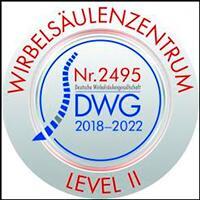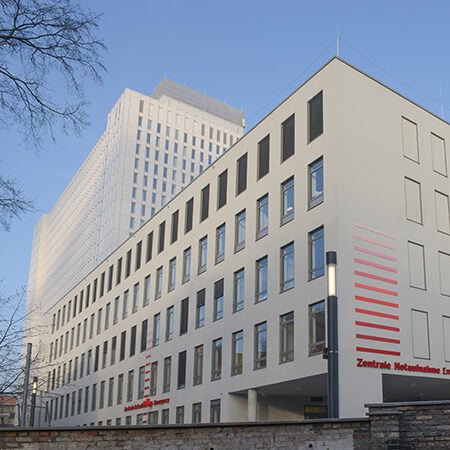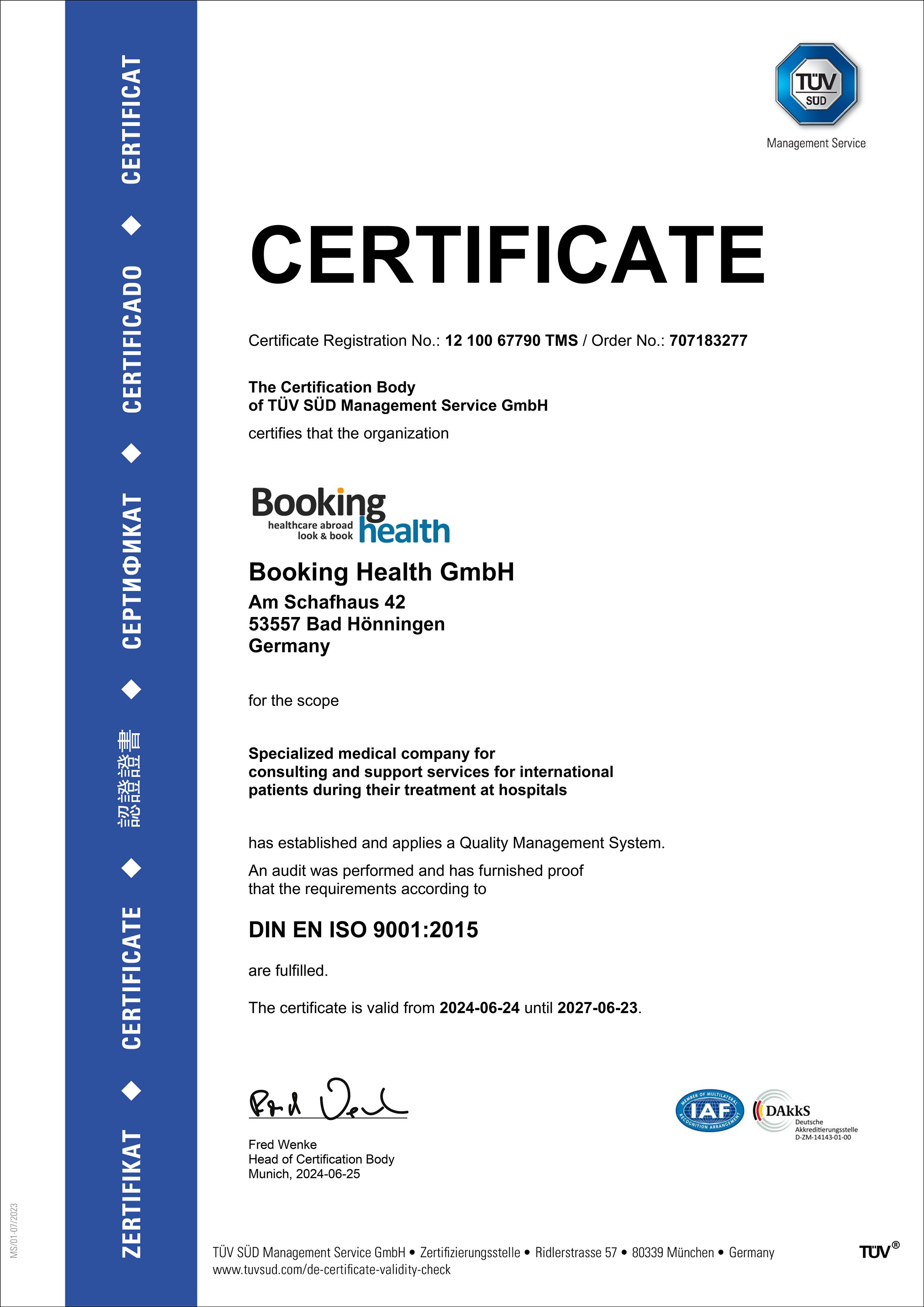A lumbar disc herniation is a pathology of the spine, in which the intervertebral disc ruptures the outer fibrous capsule and goes beyond its limits. Today, this spine pathology is one of the most common, not only in the elderly, but also in young people.
Content
- Herniated disc and its effect on the functioning of various organs
- The specifics of lower back pain in lumbar spinal disc herniation
- When is surgery for herniated disc required?
- Types of surgery for lumbar disc herniation
- Nucleotomy
- Lumbar herniated disc treatment in European hospitals
- The cost of treatment in European hospitals
- Why is it worth choosing treatment of lumbar disc herniation with Booking Health?
A lumbar spinal disc herniation occurs when the inner gel-like core of a spinal disc bulges out through a tear in the outer layer, causing pain and possibly compressing nearby nerves.
Diagnosis typically involves a physical examination and imaging tests such as MRI or CT scans to assess the extent of the herniation and its impact on surrounding structures.
Treatment options include conservative methods like physical therapy, pain management, and anti-inflammatory medications. Surgical options, such as nucleotomy and minimally invasive spine surgery, are available for severe cases.
No, surgery is not always required. Many cases of lumbar spinal disc herniation can be managed with conservative treatments. Surgery is typically considered when conservative methods fail to relieve symptoms.
Recovery time varies, but patients generally stay in the hospital for a few days and can return to non-physical work within a few weeks. Full recovery, including physical activities, may take several months.
Herniated disc and its effect on the functioning of various organs
The intervertebral disc is located in one of the most sensitive areas of the body, where the spinal cord is located and where the nerves branch out to all parts of the body. The back is designed like a complex jigsaw puzzle, where each part fits perfectly into the next. Therefore, there should be no space between the vertebrae. Lumbar spinal disc herniation, often caused by disc degeneration and resulting in a bulge or rupture, can compress nerves leading to pain, headache, numbness, and potential disability. Each of these symptoms will most often be identified as a condition requiring medical care.
The specifics of lower back pain in lumbar spinal disc herniation
More than half of patients blame the onset of pain on a specific injury, such as a fall, sharp bend, or turn.
Usually, a transient dull, aching pain in the lower back appears first as a sign of a hernia. It usually increases gradually; more rarely, the lower back pain is acute and intense from the start. The immediate cause of back pain seems to be the tension of the posterior longitudinal ligament, which, unlike the disc itself, contains nerve endings. The back pain increases with movement, muscular tension, lifting weight, coughing, and sneezing. There is often reflex tension of the paravertebral muscles, which itself causes pain and prevents full straightening of the back.
After a while, the lower back pain spreads to the buttock or posterior surface of the thigh and lower leg on the affected side. Numbness and tingling in the part of the foot that is innervated by the tissues of the affected area in the back often occur.
These same symptoms can be confirmed by the technique of lifting the straightened leg of a patient lying on his back. With a healthy back, the leg can be raised to almost 90° without any pain, whereas in patients with a herniated disc in the lumbar spine, back pain occurs when the leg is raised only to 30 – 40°.
In some cases, when the hernia develops due to a narrowed spinal canal (stenosis), there may be compression of the nerve roots manifested by paraparesis (inability to move your legs) and impaired pelvic organ function. Occasionally, it can also manifest as pain in the legs when walking.
When is surgery for herniated disc required?
In most cases, the symptoms of a herniated disc in the lumbar spine subside in about six weeks after their occurrence in the form of pain numbness, remission sets in, and surgical treatments become unnecessary. Surgical treatment options for the herniated disc of the lumbar spine should be considered after unsuccessful attempts of implementation of conservative treatments that failed to bring the pain syndrome under control. While many cases resolve without surgery, decompression procedures are also available, and in severe cases, prosthetics under anesthesia might be considered.
Spine surgery has until recently been considered the most effective treatment for neurological disorders of the back. Spine surgery leads to recovery or stable improvement in about 40% of cases, in half of the remaining cases some deterioration is observed, and in about 30% of cases, the patient's health condition in the long-term period (2-3 years later) remains without significant changes compared to the preoperative period.
Indications for spine surgery include:
- Ineffectiveness of conservative treatments (the most frequent indication). In this case, the decision about the surgery should be made by the patient taking into account the modifications a doctor may recommend. Usually, spine surgery is resorted until the severe disabling back pain is no longer amenable to conservative treatment; less often when back pain is frequent, although less intense.
- Emergency surgical intervention on the spine is indicated in those rare cases when lumbar disc herniation causes severe health conditions that include decreased sensitivity in the legs and impaired pelvic organ function.
The main method of conservative treatment of lumbar herniated discs is systemic anti-inflammatory therapy with nonsteroidal anti-inflammatory drugs (NSAIDs). In some cases, local administration of corticosteroids is effective. In addition to the main treatment, therapeutic exercises can also be used.
Spine surgery for lumbar herniated disc treatment is performed mainly in cases of neurological disorders and pain syndrome that are resistant to conservative therapy. In the case of cauda equina syndrome (severe pain on the posterior surface of the thigh and lower leg, severe pain in the lower abdomen, which increases with coughing; urinary and fecal incontinence, potency disorders), emergency spine surgery is required.
Types of surgery for lumbar disc herniation
Until recently, the removal of a lumbar disc herniation by laminectomy (back surgery for removal of the spinal canal root) of the appropriate level was used. With the advent of a surgical microscope, it became possible to reduce the trauma of surgical access and perform herniated disc removal through a smaller incision, so the method of microsurgical disc herniation removal appeared, which is used to this day, being the standard herniated disc surgical treatment. The further development of the methods follows the path of reducing surgical trauma and this is inextricably linked to the development of medical technology and imaging methods. Currently, microsurgical removal is widely used and many options of microsurgical and endoscopic spine surgery on the herniated discs have emerged.
Microsurgical herniated disc removal (microdiscectomy) is a spine surgery that is performed by a surgeon under high optical magnification. The main advantage of this method is the possibility to remove a disc herniation of any density and location. The risk of postoperative complications is minimal. The average hospital stay is up to 7 days. The patient can start nonphysical work after 7 – 14 days, and physical work after 4 or 6 weeks. It is usually recommended to limit sitting positions for a month. To maintain posture and minimize possible complications, it is recommended to wear a semi-rigid lumbar corset for up to 2 months.
The endoscopic variant of spine surgery for lumbar disc hernias is a fairly new direction and, as such, is subject to a lot of comparisons. To date, there is an extensive variety of endoscopic methods for the treatment of disc herniation. The use of the endoscopic technique significantly reduces surgical trauma to the back, but has more limited conditions of application that include the size and location of the hernia. The surgeon makes an incision of up to 2,5 cm, which is the primary access at this point, and therefore the risk of postoperative complications is significantly reduced. The patient can walk the next day and is discharged from the hospital on the third or fourth day after spine surgery. This type of surgical intervention ensures faster rehabilitation and resumption of previous work activities.
Factors such as the patient's anatomy, neurology, and overall health influence treatment decisions, with the cost of hernia surgery in Germany varying based on facility and complexity.
Nucleotomy
An endoscopic nucleotomy is performed with only local anesthesia, with the patient receiving sedation in parallel before the manipulation itself. Thus, patients do not feel anything until the very end of the procedure. After local anesthesia and sedation, a surgeon will insert a thin needle (no incision is required), through which the disc will be treated, and the compression in the area will be reduced. All manipulations are performed with high precision and care, and thanks to radiographic control, the surgeon will see everything that is happening on the screen. All steps are filmed in real time.
Because this spine surgery is performed under local anesthesia and sedation, it does not entail any risk of neurological damage, because the needle is inserted on the side where there are no nerves. Nucleotomy is done in about 10 minutes. Patients are discharged from the hospital and return to their full life almost immediately. They will only be invited for a follow-up visit, if there is no improvement. The success rate of the procedure is exceeding 80 %.
Lumbar herniated disc treatment in European hospitals
The level of medical development in the European countries is so high that patients can get rid of hernia in just a few days and return to their usual life.
It is worth noting that famous athletes undergo treatment in European medical centers as well. Modern surgical equipment and experience accumulated by European specialists allow performing unique spine surgeries safely.
Therapeutic services of European medical centers range from treatment of intervertebral disc damage (including herniated disc) and spinal canal stenosis to severe deformities that European doctors treat with conservative, surgical, or minimally invasive care regimens as needed.
European hospitals that specialize in the treatment of lumbar spine herniated disc are:
- Hospital Neuwerk Moenchengladbach, Germany.
- Catholic Clinic Koblenz-Montabaur, Germany.
- Beta Klinik Bonn, Germany.
- University Hospital Freiburg, Germany.
- University Hospital Frankfurt am Main, Germany.
The cost of treatment in European hospitals
The cost of treatment in European hospitals depends on several factors, which include:
- The technique chosen and additional manipulations prescribed by the specialist.
- Location of the hernia (lumbar spine, in this case).
- Type of anesthesia used.
- Duration of stay in the hospital (stay in the room takes several days, but under the instructions of the attending physician, the period may be extended).
The exact cost of treatment in European hospitals can be found out during an in-person consultation with a surgeon, when the doctor reads the results of tests, studies medical history, and prescribes treatment tactics. However, the average prices are listed below.
The prices for diagnostic tests for lumbar herniated disc start at 488,00 EUR.
The prices for a discectomy start at 7,577 EUR.
The prices for nucleotomy start at 3,079 EUR (prices vary depending on the number of the segments involved).
Why is it worth choosing treatment of lumbar disc herniation with Booking Health?
After receiving your medical documents, Booking Health will contact specialized European medical centers sparing you from a complicated search process.
Booking Health basically assists in all matters related to travel for either diagnostics or treatment. Direct contacts with the European medical centers allow us to get the quickest possible answer from the specialists, in terms of the plan of the treatment or checkup, and an estimation of its cost. Communicating directly with physicians and medical authorities, we do our best to shorten the waiting time for appointments if urgent treatment is needed.
We provide you with complete information about the hospitals, their specialization, and the treatments they offer. The payment for medical care services is made directly, without any commissions or hidden fees.
For more information about how your treatment will be organized, please leave your request on the Booking Health website so that a medical advisor could contact you.
Authors:
This article was edited by medical experts, board-certified doctors Dr. Nadezhda Ivanisova, and Dr. Bohdan Mykhalniuk. For the treatment of the conditions referred to in the article, you must consult a doctor; the information in the article is not intended for self-medication!
Our editorial policy, which details our commitment to accuracy and transparency, is available here. Click this link to review our policies.
